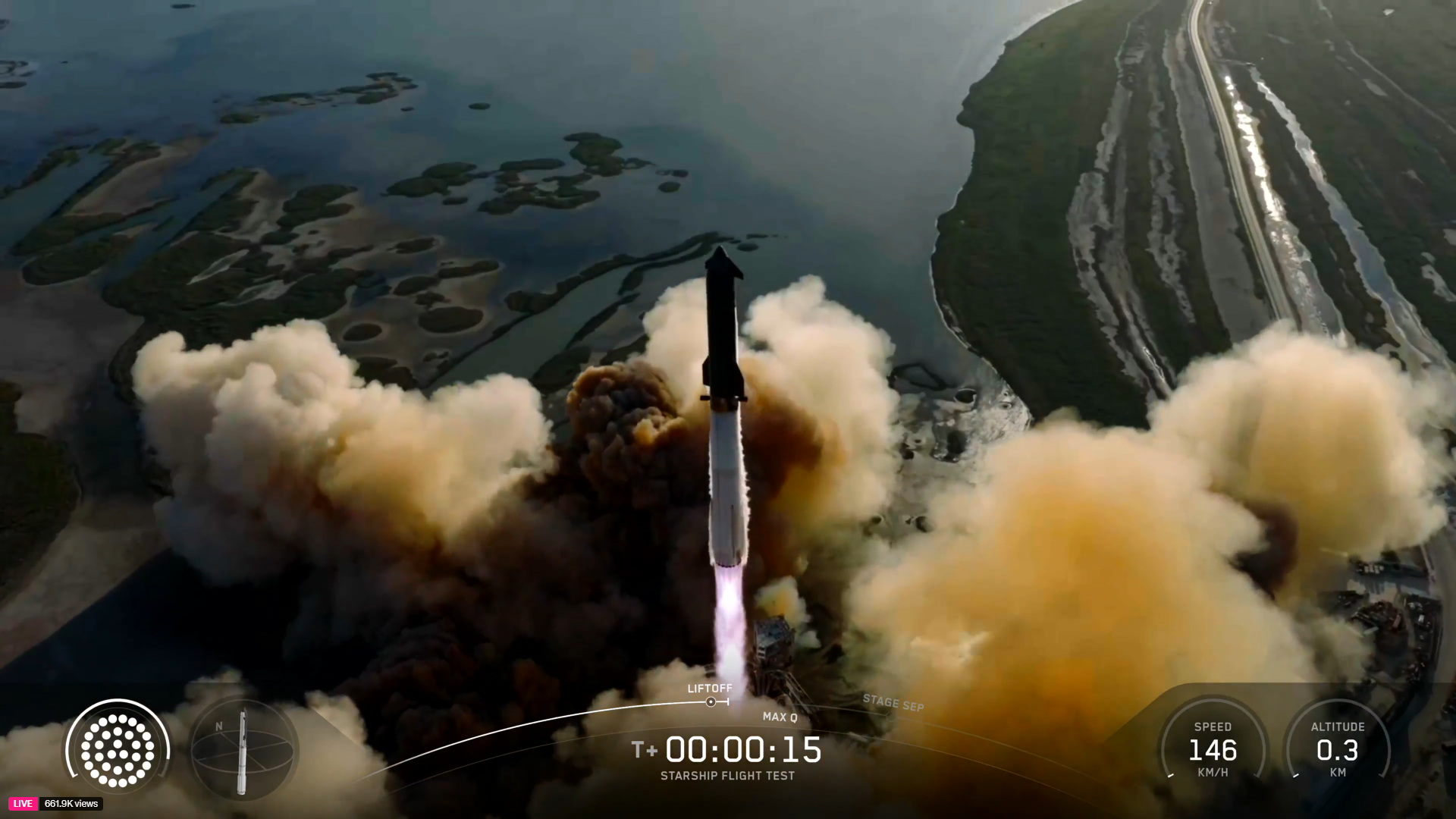SpaceX’s Starship megarocket is rewriting the rules of spaceflight, and its latest test launch on October 13, 2025, has the aerospace world buzzing. With a bold new booster landing maneuver and ambitious in-space objectives, Elon Musk’s team is pushing the boundaries of what’s possible—and hinting at even bigger plans just around the corner.
A Historic Night at Starbase
On October 13, 2025, at 6:23 p.m. Central Time, SpaceX’s Starship and its Super Heavy booster thundered off the pad at Starbase, Texas, marking the eleventh fully integrated flight test of the world’s most powerful rocket. The launch was a spectacle, with the Super Heavy’s 24 Raptor engines lighting up the evening sky and sending the Starship upper stage on a suborbital trajectory.
This wasn’t just another test flight. SpaceX aimed to check off several objectives that had eluded previous missions, including the deployment of eight Starlink simulator payloads and a dramatic new landing burn sequence for the booster.
What Made This Flight Different?
Key innovations and milestones from Flight 11:-
Booster Reuse: The Super Heavy booster used for this flight had already flown on Flight 8, showcasing SpaceX’s commitment to rapid reusability.
-
Landing Burn Experiment: Engineers tested a unique landing burn configuration, igniting 13 engines before throttling down to five, then three, as the booster approached its offshore landing target. This complex choreography is a crucial step toward catching the booster with the launch tower in future flights.
-
Starlink Simulator Deployment: The Starship upper stage carried eight Starlink simulators, aiming to demonstrate in-space deployment capabilities that are vital for future satellite and crewed missions.
Starship’s Track Record: Progress and Setbacks
According to public data, Starship has now launched eleven times, with six successful flights and five failures as of October 13, 2025. While not every test has gone according to plan, each flight brings SpaceX closer to its vision of a fully reusable, super heavy-lift launch system.
Starship’s two-stage design—Super Heavy booster and Starship upper stage—relies on methane-fueled Raptor engines and is intended to return both stages to the launch site for vertical landings. The ultimate goal: slashing launch costs and enabling missions to the Moon, Mars, and beyond.
Eyes on the Next Big Leap: The Booster “Catch”
The excitement isn’t over. SpaceX is already targeting its next Starship launch for October 25, 2025, with a headline-grabbing objective: attempting to “catch” the Super Heavy booster using the launch tower’s giant mechanical arms. If successful, this maneuver would be a world first and a major milestone in rapid rocket turnaround.
Why This Matters
SpaceX’s relentless pace and willingness to test, fail, and iterate is transforming the space industry. Each Starship flight isn’t just a technical demo—it’s a step toward making space more accessible, affordable, and routine. With the promise of fully reusable rockets and massive payload capacity, Starship could soon reshape everything from satellite launches to lunar landings.
What’s Next for Starship?
-
Booster catch attempt on October 25, 2025, could set a new standard for rocket reusability.
- Continued refinement of in-space deployment and reentry techniques.
- Eyes on crewed missions and lunar landings as NASA and commercial partners watch closely.
SpaceX’s Starship saga is far from over. If the next launch delivers on its promise, the era of truly reusable, giant rockets may finally be here.
Sources
1. Starship launch and Super Heavy landing, 13 October 2025
2. saradaaga.com
3. SpaceX Starship - Wikipedia
4. SpaceX launches 28 Starlink satellites to orbit on 130th Falcon 9 flight of the year
5. Starship's Eleventh Flight Test - SpaceX
